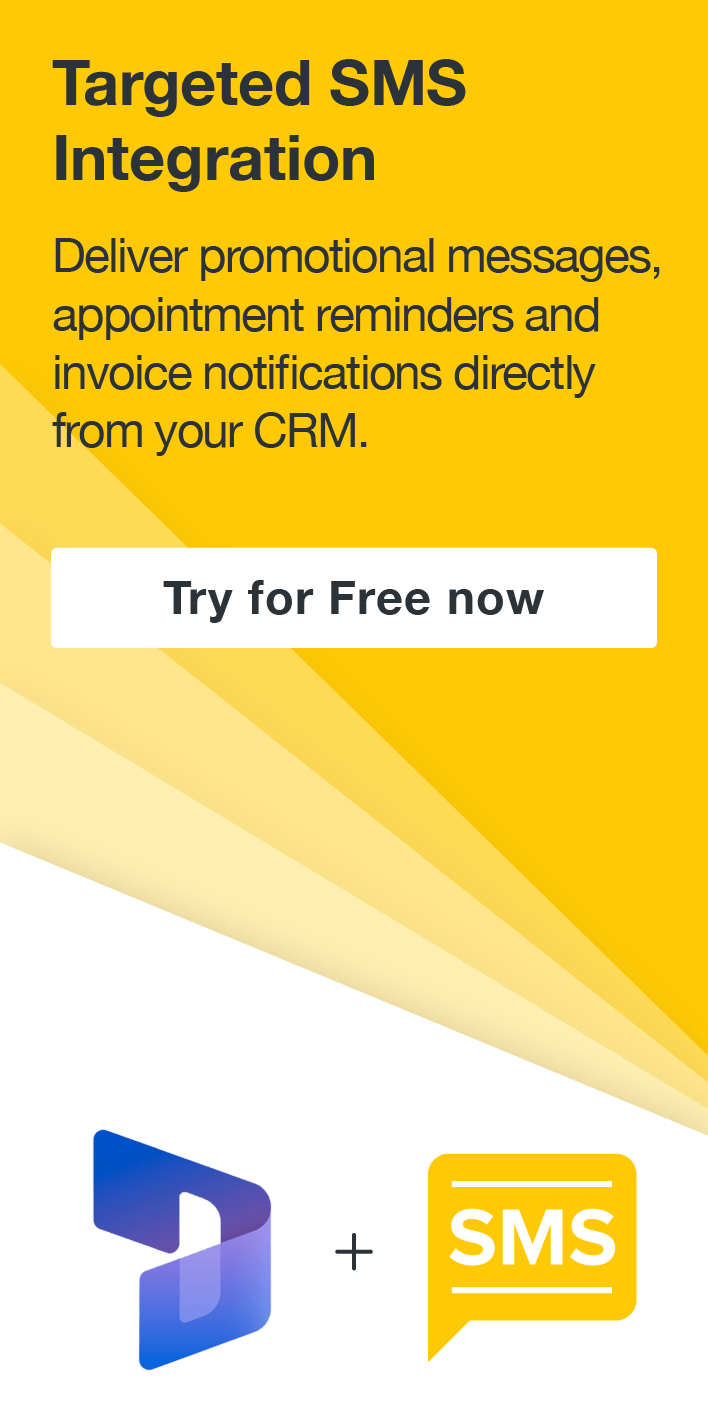Pricing Products – Part 5 – Price Lists and Price List Items 2
Colin Maitland, 27 August 2012
In this blog I am continuing a discussion on pricing products using the features of the Microsoft Dynamics CRM 2011 Product Catalog. Check out these links for information on Unit Groups, Discount lists, and Products.
I will be writing about the configuration of Price List Items and the relationship between the List Price, Standard Cost and Current Cost on Products. I will also cover the Pricing Method on Price List Items, and how these affect the calculated prices on Opportunities, Quotes, Orders and Invoices.
.png)
In Microsoft Dynamics CRM 2011 Price Lists may be used to define the pricing of products that may be added to Opportunities, Quotes, Orders and Invoices. Price Lists may be associated with Marketing Campaigns, Customers, Opportunities, Quotes, Orders and Invoices.
.png)
The following is a screenshot of a Product called Widget with a List Price of $100, a Standard Cost of $40 and a Current Cost of $50.
.png)
When adding Products to Price Lists, as a Price List Item, there are six options for selecting a Pricing Method. The Pricing Method determines how the Price Per Unit of a Product is calculated when added to an Opportunity, Quote, Order or Invoice. The following paragraphs describe how each of these pricing methods works using an example List Price of $100, Standard Cost of $40 and Current Cost of $50. The formulas used are shown as documented by Microsoft and are expanded in the worked examples to make them easier to understand.
Currency Amount: Using this Currency Amount method the Price per Unit of the Product is defined using the Amount field on the Price List Item. There is no relationship between the Pricing Method defined on the Price List Item and the List Price, Standard Cost or Current Cost fields on the Product.
The Price per Unit will be $80.
.png)
.png)
Percent of List: Using this Percent of List method the Price per Unit of the Product is calculated using the Percentage field on the Price List Item, the List Price field on the Product and the formula:
calculated price = list price x percentage
The Price per Unit calculates to $80.
$100 x 80%
$80
.png)
.png)
Percent Markup – Current Cost: Using this Percent Markup method the Price per Unit for the Product is defined using the Percentage field on the Price List Item, the Current Cost field on the Product and the formula:
calculated price = current cost x 100% + percentage
The Price per Unit calculates to $62.50.
$50 x 100% + percentage
$50 x 100% + 25%
$50 + 25%
$50 + $12.50
$62.50
.png)
.png)
Percent Margin – Current Cost: Using this Percent Margin method the Price per Unit for the Product is defined using the Percentage field on the Price List Item, the Current Cost field on the Product and the formula:
calculated price = current cost + ((current cost x percentage) / (100% - percentage))
The Price per Unit calculates to $66.67. E.g.
$50 + (($50 x 25%) / (100% - 25%))
$50 + (($50 x $12.50) / ($50 - $12.50))
$50 + ($625 / $37.50)
$50 + $16.67
$66.67
.png)
.png)
Percent Markup – Standard Cost: Using this method the Price per Unit for the Product is defined using the Percentage field on the Price List Item, the Standard Cost field on the Product and the formula:
calculated price = current cost x 100% + percentage
The Price Per Unit calculates to $50. E.g.
$40 x 100% + percentage
$40 x 100% + 25%
$40 + 25%
$40 + $10
$50
.png)
.png)
Percent Margin – Standard Cost: Using this method the Price per Unit for the Product is defined using the Percentage field on the Price List Item, the Standard Cost field on the Product and the formula:
calculated price = standard cost + ((standard cost x percentage) / (100% - percentage))
The Price per Unit calculates to $53.33. E.g.
$40 + (($40 x 25%) / (100% - 25%))
$40 + (($40 x $10) / ($40 - $10))
$40 + ($400 / $30)
$40 + $13.33
$53.33
.png)
.png)
Some of the calculated values are not round values. This can be corrected using the Rounding options for Price List Item. i.e.
.png)
E.g.
.png)
In my next blog I will return to the topic of setting up Units and Units Groups for pricing Services rather than Products.

